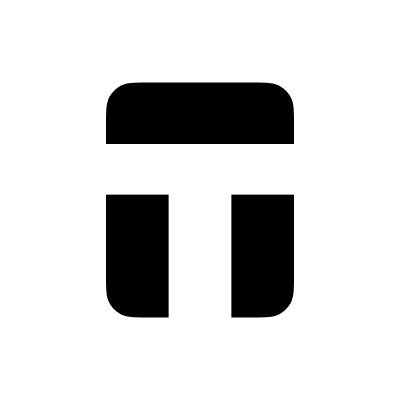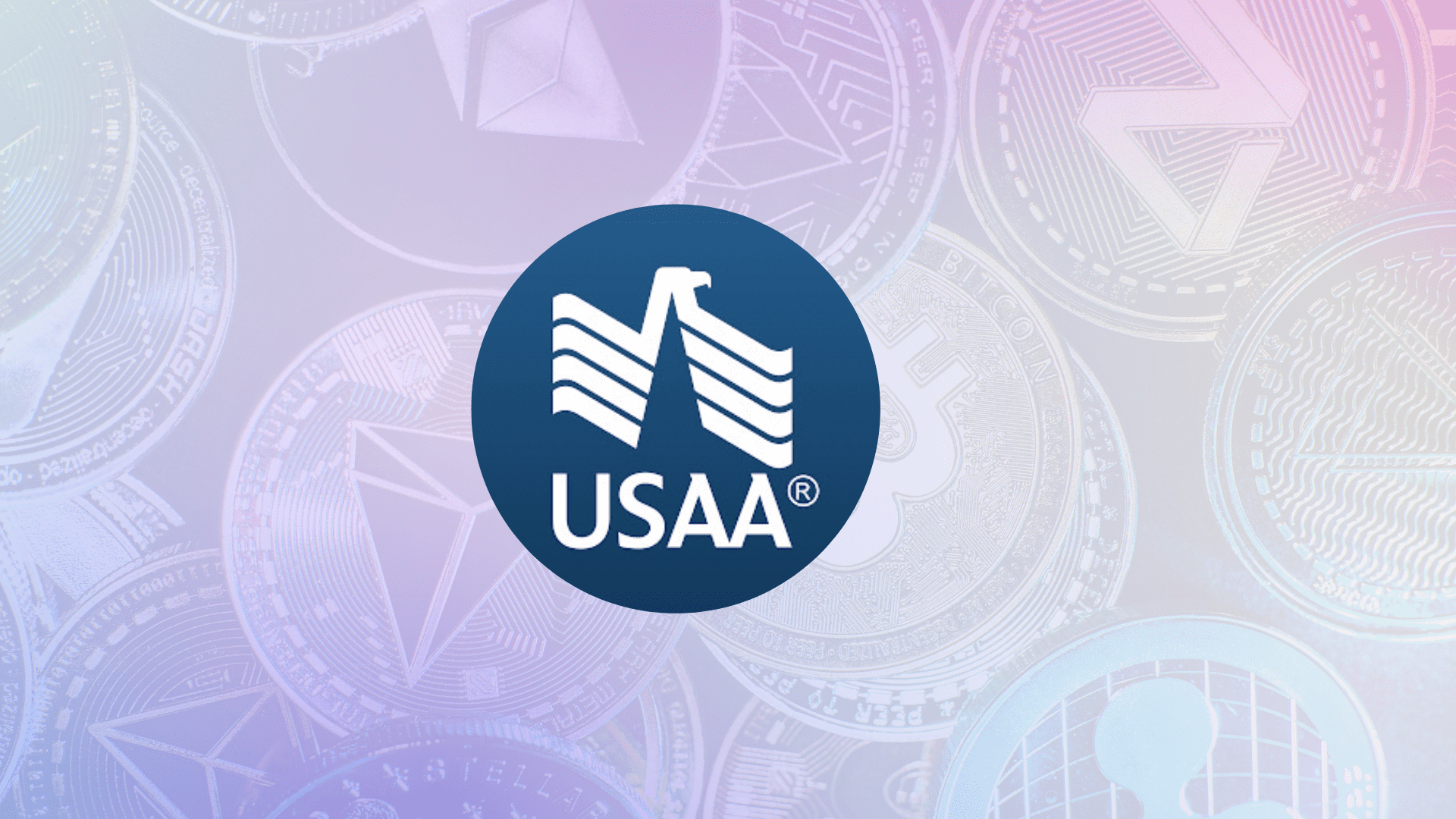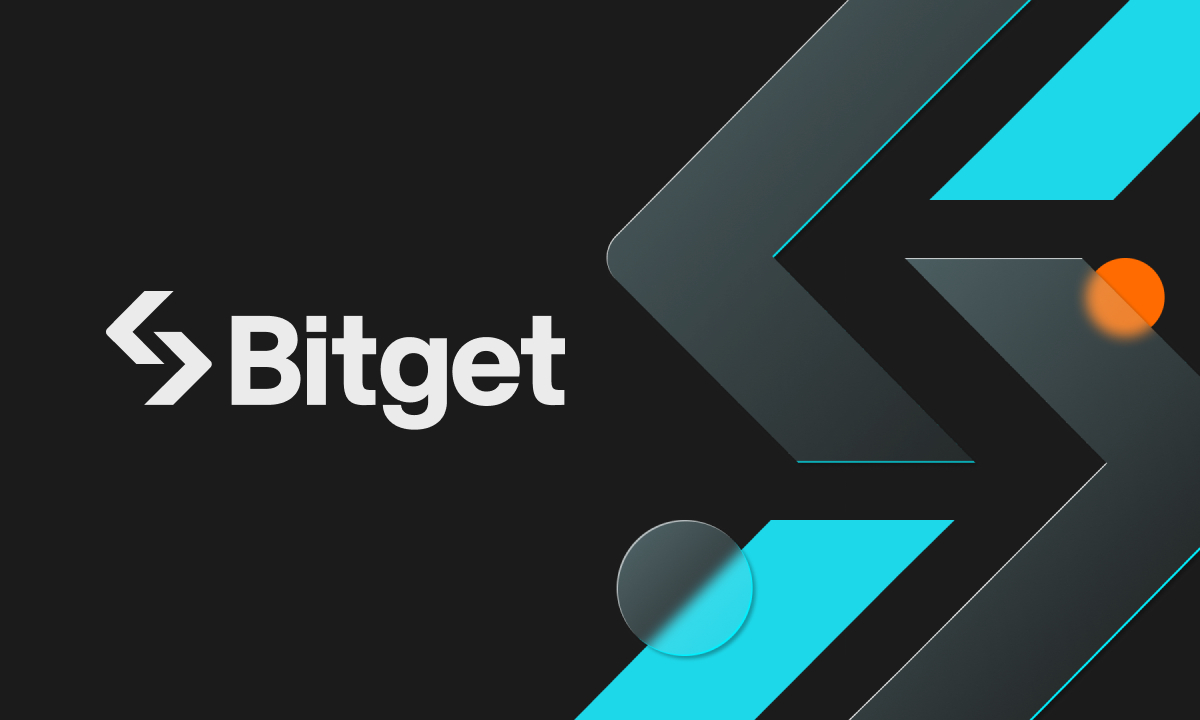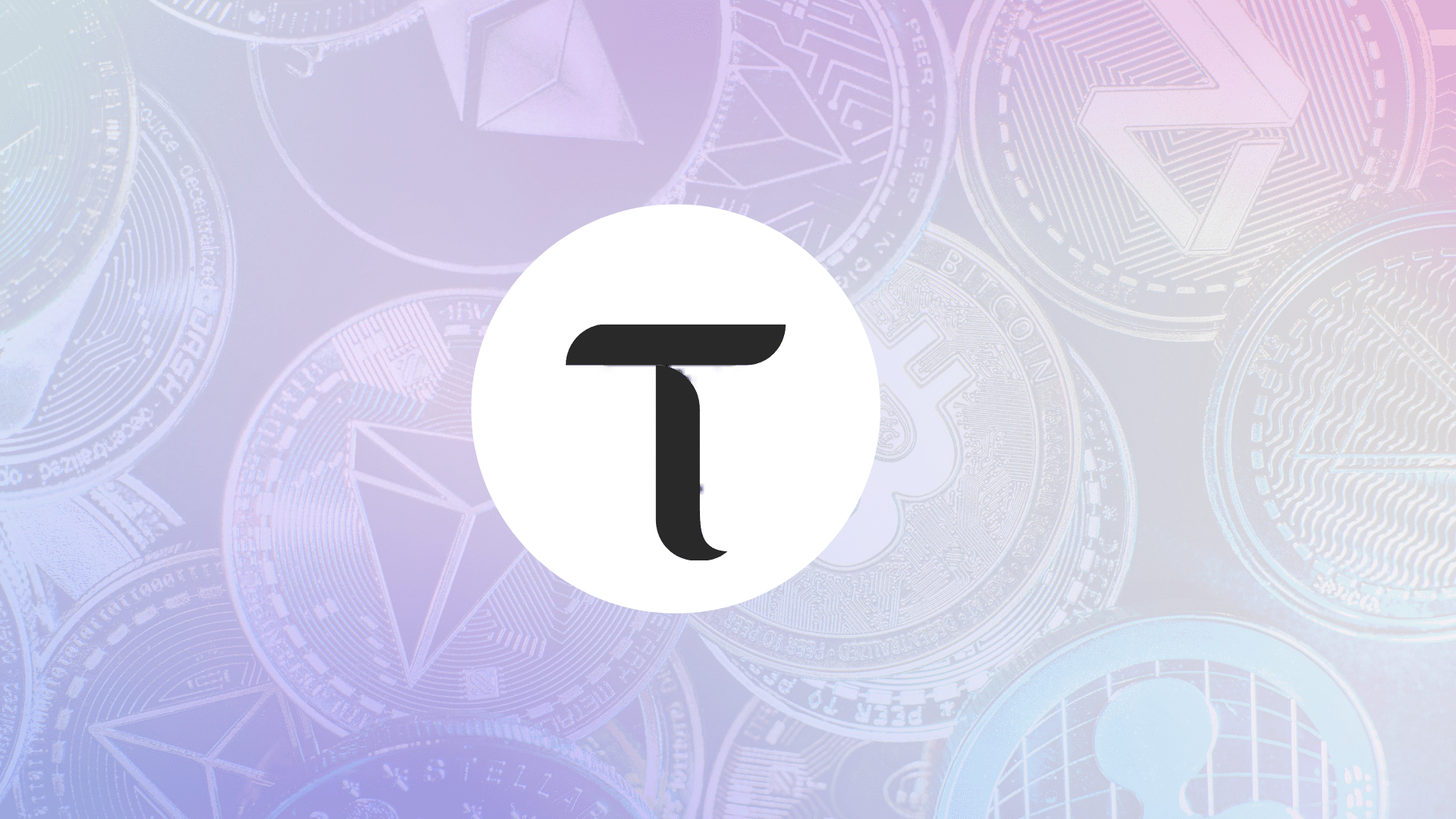At NFT Droppers, we provide the latest crypto news, in-depth project information, and comprehensive market insights. Launched in 2022, our platform covers new token launches, market trends, and detailed reviews of crypto and NFT projects. We offer reliable ratings based on 70+ evaluation factors, including tokenomics, roadmaps, and team authenticity. Whether you’re an investor or a crypto enthusiast, NFT Droppers keeps you informed with accurate, up-to-date information and expert analysis.
How to Buy Crypto in 2025: Beginner’s Guide

Table of Contents
If you’re fed up watching mates cash out big on crypto while you’re still scratching your head over where to start, you’re not alone. The market’s a beast—volatile, relentless, and packed with noise. But here’s the truth: you don’t need to be a tech wizard or a Wall Street shark to get in the game. I’ve spent years digging into blockchain’s guts, riding the ups and downs, and cutting through the hype. Crypto isn’t luck—it’s strategy. And in 2025, with the market hotter than ever, it’s time you claimed your slice.
This isn’t about overnight riches or some dodgy get-rich-quick scheme. It’s about giving you a no-nonsense plan to buy cryptocurrency, secure it, and start building something real. Whether you’re eyeing Bitcoin’s steady climb or Ethereum’s wild potential, this guide’s got your back—step-by-step, straight from the trenches. Let’s ditch the confusion and get you moving.
What’s Crypto All About?
First things first: cryptocurrency is digital money that lives on the internet. No banks, no government suits pulling strings—just code, cryptography, and a network of computers keeping it legit. Think of it as cash you can’t hold, but it’s got real value—sometimes more than the dollars in your wallet. Bitcoin kicked it all off back in 2009, and now there are thousands of coins out there, from Ethereum to quirky ones like Dogecoin.
The magic happens on something called a blockchain. Picture it as the steel spine of your wealth—a public ledger that records every transaction, locked tight so no one can mess with it. It’s decentralised, meaning no single boss runs the show. That’s the freedom crypto offers: you’re in charge, not some middleman skimming fees. In 2025, the market’s buzzing—Bitcoin’s hovering around $100,000 a pop, Ethereum’s pushing $4,000, and new players are shaking things up daily.
Why Buy Crypto in 2025?
So why jump in now? The numbers don’t lie. The crypto market’s worth over $2 trillion, and it’s not just tech geeks anymore—regular folks, businesses, even governments are dipping toes in. Bitcoin’s been called “digital gold” for a reason: it’s a hedge against inflation, a way to stash value when the dollar’s wobbling. Ethereum’s powering a whole new internet with smart contracts—think apps that cut out the corporate fat cats.
But let’s cut the crap—it’s not all rosy. Prices swing like a pendulum. One day you’re up $500, the next you’re sweating a 20% dip. That’s the game. Still, the payoff? Independence. Control. A chance to dominate a market that’s rewriting finance. If you’ve got the stomach for it, 2025’s a cracking time to start.
Step 1: Get Your Head in the Game
Before you chuck cash at crypto, know what you’re chasing. Are you here to hold long-term—HODLing, as the crypto crowd calls it—or flip coins for quick wins? Most beginners stick to the big dogs: Bitcoin (BTC) or Ethereum (ETH). They’re the safest bets, with massive communities and less chance of vanishing overnight. Bitcoin’s market cap alone is over $1 trillion—solid as a rock compared to some random altcoin.
Don’t overthink it early on. Start small, maybe $50 or $100, and treat it like a learning punt. The market’s a rollercoaster—get used to the ride before you go all-in.
Step 2: Pick a Platform That Won’t Shaft You
You’ll buy crypto on an exchange—think of it as a digital marketplace. In 2025, the options are slicker than ever, but not all are created equal. Coinbase is a top pick for newbies: dead simple, regulated in the US, and you can start with as little as $2. Fees sting a bit—around 1.49% per trade—but you’re paying for ease. Binance.US is another heavyweight, with lower fees (0.1% or less) and more coins, though it’s trickier to navigate.
Kraken’s solid too—tight security and fees from 0.16%—while Gemini’s a fave for its clean vibe and US compliance. Avoid sketchy platforms promising the moon; stick to names with a rep. Check they’re licensed—look up their status on the SEC’s website if you’re stateside. Scams are rife, and one wrong move could see your cash vanish.
Step 3: Set Up and Fund Your Account
Once you’ve picked your exchange, sign up. You’ll need an email, a password, and some ID—passport or driver’s license—thanks to Know Your Customer (KYC) rules. It’s a faff, but it keeps things legit. After that, link a payment method. Bank transfers are cheapest, often free to deposit, though they take a day or two. Debit cards are faster—instant buys—but you’ll cop a 3-4% fee. Credit cards? Steer clear; the charges are brutal.
Chuck in $50 to start. Most platforms let you fund in USD, so no need to faff with conversions. Double-check the fees on the exchange’s site—Coinbase, for instance, spells it out clear as day.
Step 4: Make Your First Buy
Now the fun bit. Log in, head to the “Buy” section, and pick your coin—say, Bitcoin. Type in how much you want—$50 gets you about 0.0005 BTC at $100,000 per coin. Hit preview, check the fee (maybe $0.75 on Coinbase), and confirm. Boom, you’re in. The crypto lands in your exchange wallet instantly. Sit tight, watch the price, and feel the buzz.
Pro tip: don’t buy at a peak. Check Reuters Markets for the latest trends—buying the dip saves you grief. Timing’s not everything, but it helps.
Step 5: Lock It Down—Get a Wallet
Leaving crypto on an exchange is like leaving cash on the table in a dodgy pub—someone’s nicking it eventually. Hacks happen. Mt. Gox lost 850,000 BTC back in the day; don’t be that guy. Get a wallet. Software wallets like Exodus are free and easy—download it, set a password, and move your coins off the exchange. Hardware wallets, like a Ledger Nano X ($150), are safer—offline, hack-proof, and yours alone.
Write down your seed phrase—12 or 24 words that unlock your wallet—and stash it somewhere safe, not your phone. Lose it, and your crypto’s gone forever. No one’s bailing you out.
Step 6: Play Smart—Know the Risks
Crypto’s no picnic. Prices tanked 20% in hours during 2022’s crash—$50 could’ve turned to $40 fast. That’s normal. Diversify a bit—maybe $25 in BTC, $25 in ETH—to spread the pain. Don’t chuck your life savings in; experts say keep it under 5% of your portfolio. If that’s $2,000 total, $100 in crypto’s plenty to start.
Scams are everywhere too—fake apps, phishing emails, rug pulls where a coin’s creators bail with your cash. Stick to legit exchanges, double-check URLs, and never share your seed phrase. Ever.
Step 7: Hodl or Trade—Your Call
Now you’ve got crypto, what’s the move? Hodling—holding on for dear life—is the lazy genius play. Bitcoin’s up 1,000% since 2015; patience pays. Trading’s riskier—buy low, sell high—but you’ll need to watch charts like a hawk. Apps like TradingView help, but it’s a grind. Most newbies hodl; it’s less stress and still stacks wins over time.
Check your stash weekly—prices shift fast. If BTC hits $110,000, your $50’s now $55. Small, savvy gains add up.
Taxes—Don’t Get Caught Out
Uncle Sam wants his cut. In the US, crypto’s taxed as property. Sell at a profit—say $50 to $60—and you owe capital gains tax (0-20%, depending on income). Hold over a year, and it’s long-term, usually cheaper. Track every buy and sell; apps like CoinTracker do it for you. Miss it, and the IRS isn’t forgiving—fines stack quick.
The Big Picture in 2025
Crypto’s mainstream now—PayPal’s got it, Tesla’s dabbling, and banks are sniffing around. Regulation’s tightening, sure, but that’s making it safer. Ethereum’s upgrades are slashing fees, and Bitcoin’s halving cycles keep pumping scarcity. The market’s volatile, but the trend’s up—$2 trillion today could be $5 trillion tomorrow. You’re not late; you’re early enough.
Still, it’s your cash, your call. Start small, learn the ropes, and scale up when you’re ready. This isn’t a punt—it’s a play for your future.
FAQs
What’s the cheapest way to buy crypto?
Bank transfers cut fees to near zero on most exchanges. Debit cards or PayPal jack it up—3-4% extra. Stick to ACH transfers if you’re in the US; they’re slow but dirt cheap.
Can I buy less than one Bitcoin?
Yep, you can buy a fraction—0.0001 BTC if you like. At $100,000 per coin, $10 gets you in. Exchanges handle the split; you don’t need a whole coin to play.
Is crypto safe in 2025?
Safe as you make it. Use a legit exchange, secure your wallet, and dodge scams. The market’s wild, but the tech’s solid—blockchain hasn’t cracked yet.
How much should I invest?
Start with what you can lose—$50 or $100’s fine. Pros say 1-5% of your net worth max. If you’re worth $50,000, $500’s a sensible cap to test the water.
What if I lose my wallet key?
You’re toast—crypto’s gone. No bank to call, no reset button. That seed phrase is your lifeline; guard it like gold.
Conclusion
Crypto in 2025 isn’t a mystery—it’s a chance. You’ve got the tools now: pick an exchange, buy smart, lock it down, and ride the wave. It’s not about chasing whales or dodging FUD—it’s about owning your moves. Start with $50, nail the basics, and build from there. The market’s chaotic, sure, but the wins are real. Get in, get savvy, and take control. Your financial future’s waiting—no more excuses.

Disclaimer: The information presented here may express the authors personal views and is based on prevailing market conditions. Please perform your own due diligence before investing in cryptocurrencies. Neither the author nor the publication holds responsibility for any financial losses sustained.
CRYPTO PAYMENT GATEWAY
 Crypto Cloud
Crypto CloudTOP EXCHANGES
BEST CRYPTO CASINO
BEST HARDWARE WALLET
 Tangem
Tangem
 Xyes Casino (Must Try)
Xyes Casino (Must Try) Stake.com
Stake.com Coins.Game Casino
Coins.Game Casino


